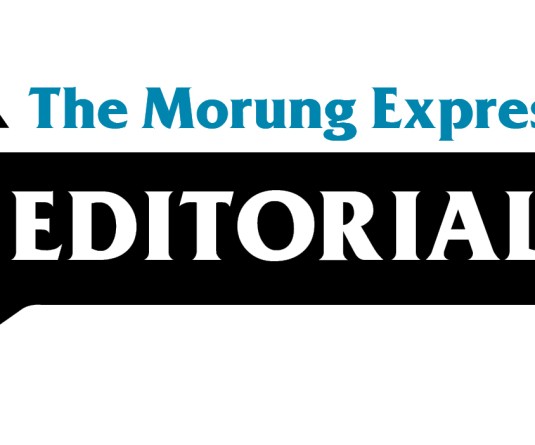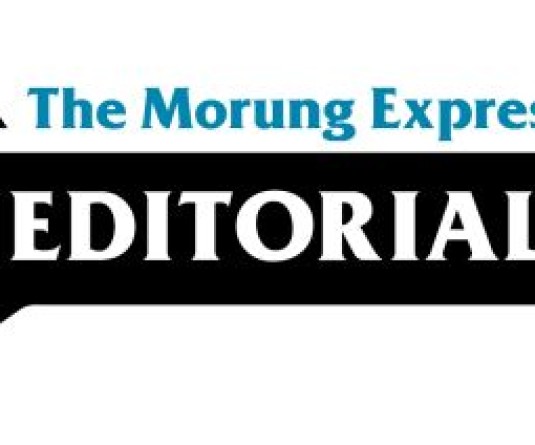
The passing of the State Women’s Commission (SWC) Bill by the Nagaland Legislative Assembly (NLA) during the recent Monsoon Session will go down as a landmark decision of the political leadership in the State. That the State leadership had come round to finally acceding to having such a body after much intransigence and prodding will hopefully be a welcome sign of attitudinal change in the mindset of the male-dominated political class and not so much of doing a big favor for women’s liberation movement. Therefore, if it is about changing mindset it heralds a paradigm shift while if it is only about an act of kindness it will amount to nothing but a cosmetic altering of the status-quo. It is hopefully a change of mindset because at the end, to finally have the SWC is one thing but to be able to bring about policy changes in the wide spectrum of women centric issues will still depend to a large extent on the political and administrative structure manned by men.
However coming back to the commission as such, given that the legal hurdles to set up the SWC has been removed, the bigger challenge remains that of making the statutory body fully functional to get on with its assigned task for which it is being set up in the first place. One of the issues being raised by women leaders is that the commission should have adequate women representation so as to serve well its purpose. It is obvious that a three member body as mentioned under the Nagaland SWC Bill has not got a positive response. So the debate over the size of the commission could well remain a contentious point. For the government, it will be equally important to now get opinions from those having constructive suggestions in order to help give a proper shape to the SWC.
Going through the analysis by Rosemary Dzuvichu—Expert Member, National Commission for Women—on the Nagaland State Women Commission, one would tend to agree with her that as far as the proposed three member commission goes, the State Government would be well advised to consider expanding the membership of the Commission. However, Rosemary’s suggestion for either nine or eleven members, (taking into consideration the district distribution and adequate representation of tribes) is something not advisable. What is required at the initial stage is to have a compact team in which representation is based solely on merit, capacity and commitment. To bring in the question of ‘tribal qualification’ is completely unacceptable and amounts to bringing in quota politics through the back door. Further, to suggest a commission size that goes beyond eleven does not merit attention at this juncture. However the suggestion put forward to the government by Rosemary to consider ex-officio members—with the Director General of Police and the Secretary/Director of Women Development in the Commission—is a valid one and merits due attention. As rightly pointed out by her, this has been a success in other states because the presence and support of the Police as well as the Department dealing with women welfare has made a great difference.
Empowerment of women through the mechanism of tribal ‘reservation’ should not be the concern at present. The real point is to ensure fair representation to women’s viewpoint on issues and problems that are common to them. Therefore bringing in tribal wise representation in the commission is not the best way to tackle the problem of women’s marginalization in society, the economy or in politics. While it may bring about a quantitative jump in the proportion of women in the commission it may not lead to improving the quality of running the commission. We may simply end up tribalizing crime and corruption if women remain content to play the rules set by their respective tribal interest. This is a dangerous path to tread on even for Naga women.





